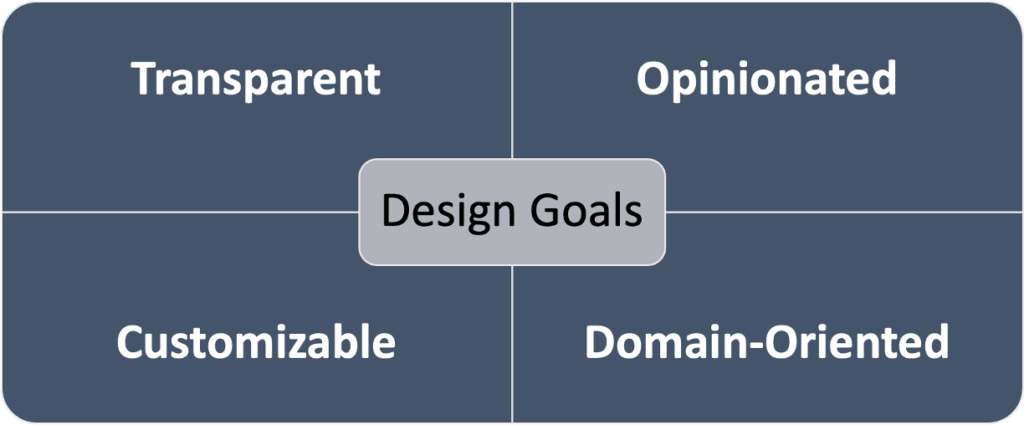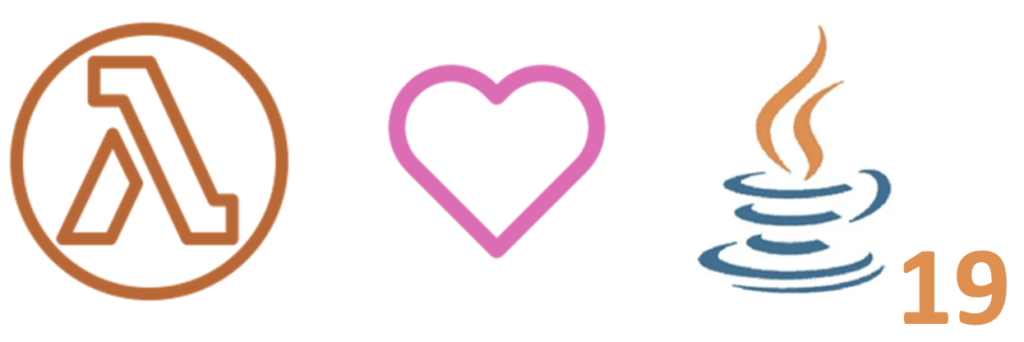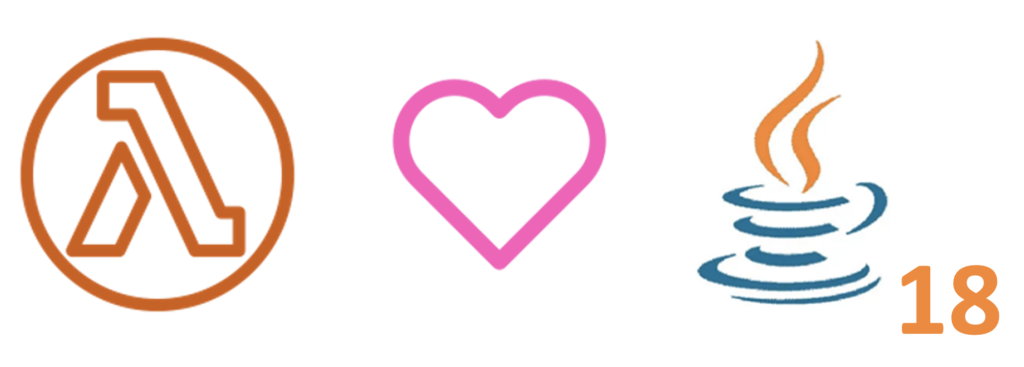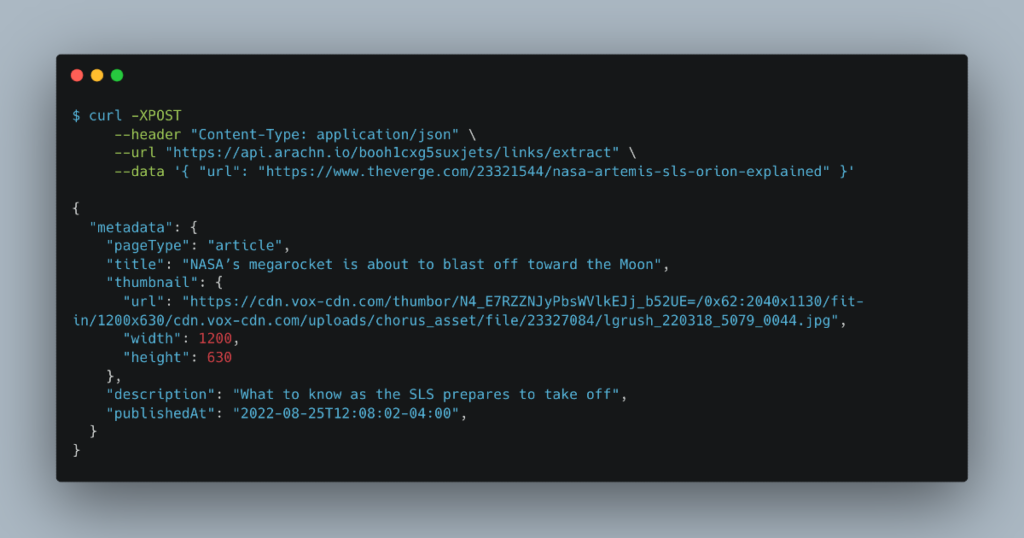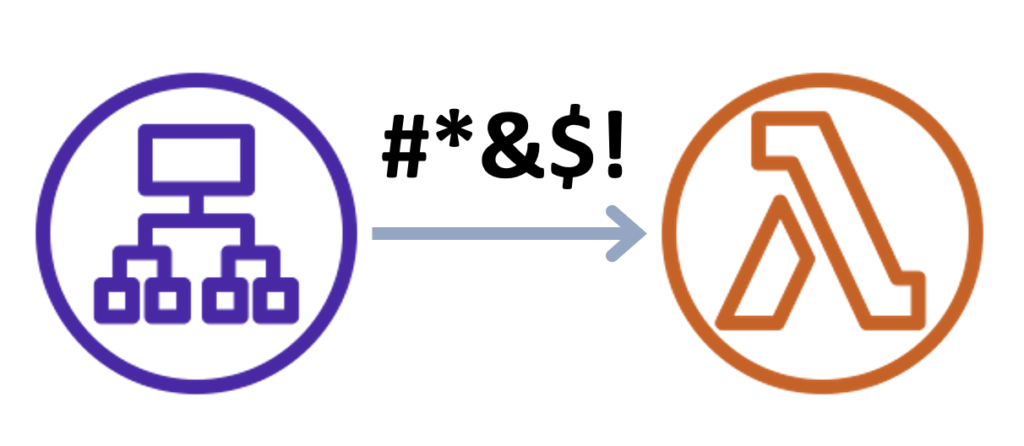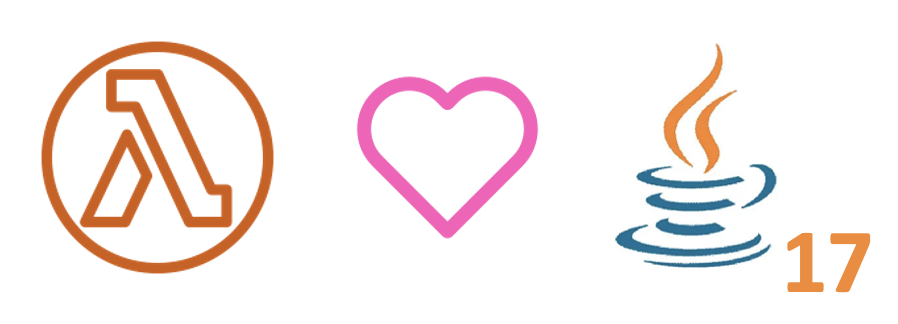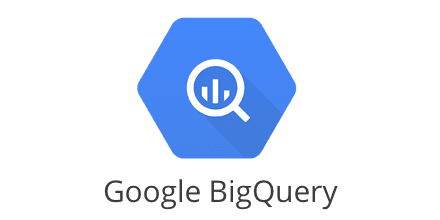I’ve added a new custom base image for Java 20 on Lambda to complement the community base images already available for Java 17, Java 18, and Java 19. You can find the images on the ECR Public Gallery and DockerHub and the source code on GitHub. All the new features in Java 20 are in preview or incubator, as befits a non-LTS release, but for those who like to live life on the bleeding edge, there’s lots of new toys to play with. These base images will let you get started.



